In Fig Tree Pocket, Sylvia Alexander and Ian Yeo have achieved significant restoration outcomes on their steep land draining to the Brisbane River, working together with their Land for Wildlife neighbours in the Foambark Gully gang. In this article, Sylvia reflects on their challenges and successes.
Our property has been in the family since the 1960s, and was registered in Land for Wildlife in 2003. In 2005 we moved in to rent and with no knowledge or experience, we started some initial clearing around the house. Only with a machete could we access a lot of the land. Realising it was a unique and amazing place, we bought the property in 2008 and remained with Land for Wildlife ourselves.
The property had severe infestations of Cat’s Claw Creeper, Madeira Vine, Balloon Vine, Glycine, Climbing Asparagus Fern, Ochna, Lantana, Cocos Palm, and probably 70% of the mature trees on the property were Chinese Celtis. At the time, we had no idea what we were getting into and how, once we started, there was no turning back!
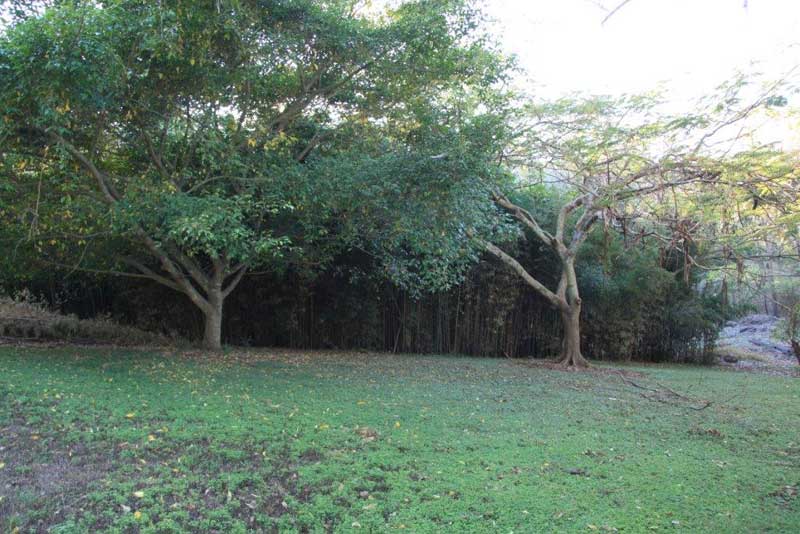
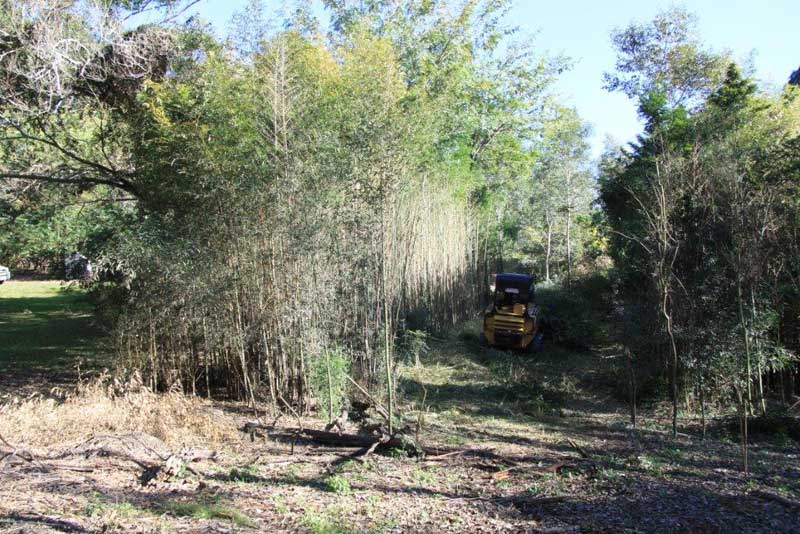
We weeded and started planting natives in other areas. Most of the property was inundated for days by the Brisbane River flood in January 2011. This left behind a lot of dead plantings, dead native trees, and more weeds. In September 2011, Brisbane City Council provided post-flood assistance with a team from Conservation Volunteers Australia who replanted 100 plants with lucerne mulch in the gully below the bamboo.
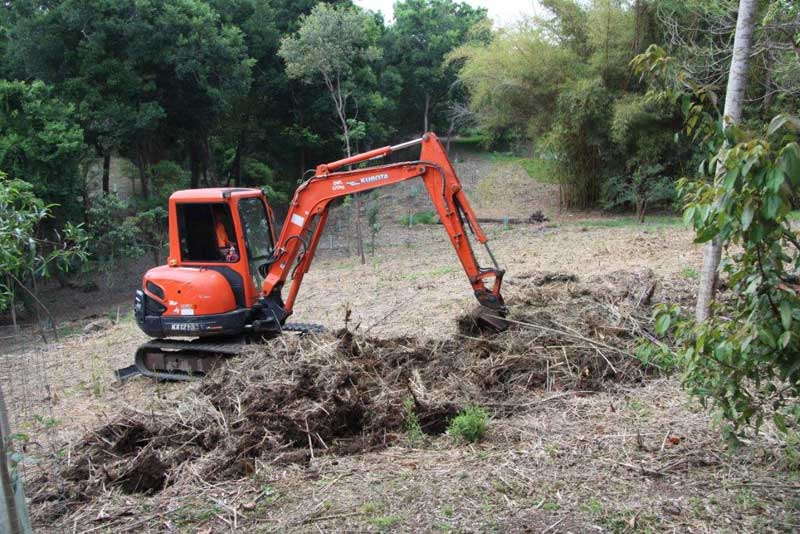
In 2014, along with our two Land for Wildlife neighbours we established a corridor for the vulnerable Richmond Birdwing Butterfly, planting 300 of their food vines. Over 200 vines have survived across the three properties (see article in the July 2015 Land for Wildlife South East Queensland Newsletter – available at www.lfwseq.org.au/newsletters). This year we have had significant growth with a large number of vines flowering and producing seeds.
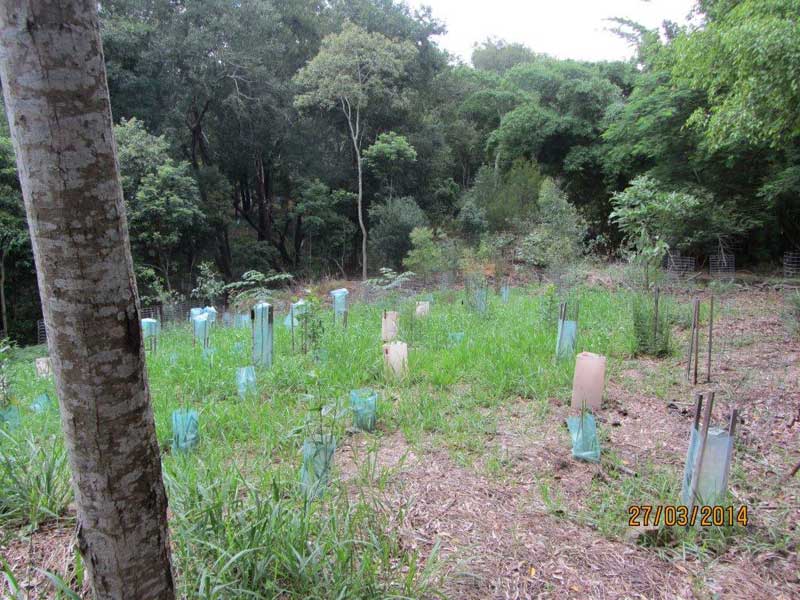
In 2015, we received a grant through Brisbane City Council’s Community Conservation Assistance program for contractors to treat half a hectare of dense weeds on the eastern side of the gully, targeting Cat’s Claw Creeper, Madeira Vine, Climbing Asparagus Fern, Balloon Vine, Ochna, Lantana and Chinese Celtis. Initially all the native plants were tagged, and we selected large Celtis for retention to keep some canopy cover. This treatment was very successful and a year later there is significant regeneration.
We have used a lot of the cut Celtis logs on the banks of the gully to stop erosion, and have also used the tops of them to make piles that the small birds and other animals enjoy for shelter. In 2017 we have guarded around 90 native regenerated trees (a lot wattles) to protect them from wallabies, hares, brush turkeys and spraying.
Having things naturally regenerate is very rewarding. We initially had to do a lot of spraying but now in the areas where we no longer spray there is a lot of regeneration. It is particularly good to see seedlings come up from trees we have planted and to see birds nesting in those trees.
Over the years we have identified 100 bird species on our property. We now host an annual birdwalk organised by Cubberla Witton Catchment Network. It is wonderful to see others come and enjoy our property and what it has to offer.
Our most exciting visitor is the Powerful Owl that we see roosting from time to time, though they have yet to use the nest box built for them. Brisbane City Council conducted a microbat survey here in 2015 with eight different bat species identified. Council has also helped us do fox trapping with some success.
One of our biggest inspirations are our neighbours, Niki and Vernon Hill. Since we started this process of restoration we have learnt a huge amount, particularly about plants from them. They also have inspired us to learn more about the butterflies. Not only have they imparted their knowledge, they are always willing to lend a hand or chainsaw when needed and to provide propagated plants.
The support from the Land for Wildlife Officers we have had over the years has been invaluable. Coming from a base of no knowledge, their visits and all the factsheets and newsletters have been great sources of information. Most importantly their continued encouragement and enthusiasm have helped us to continue when it has been quite daunting.
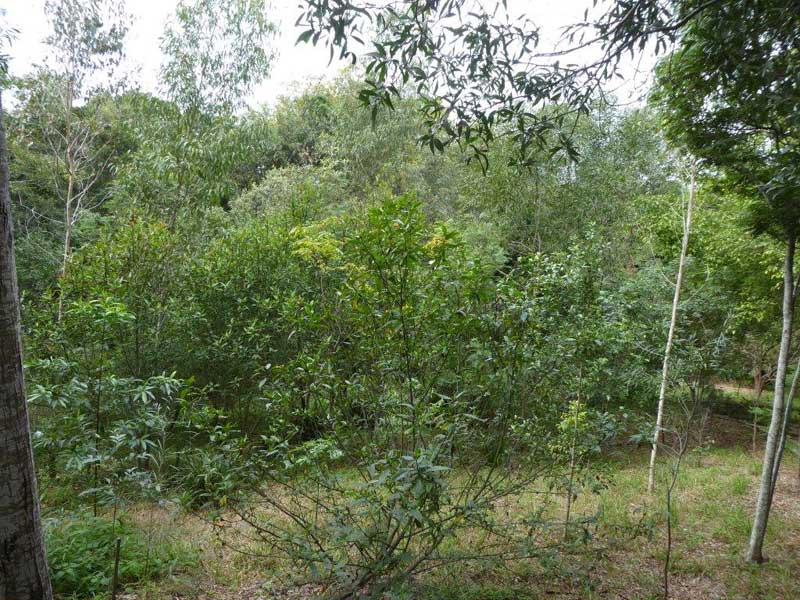
We still have so much to do. There are still areas that we haven’t touched so I think the weed control and replanting will see us out. We are yet to tackle the lower section of deep gully that runs into the river. Whilst we do enjoy sitting and marveling at our surrounds we still have a long way to go.
Our advice to others is that perseverance conquers all. Keep chipping away. Because you see your property all the time you may not appreciate how far it has come. Take progress photos. Get the weedy vines out of the trees and go from there.
You can follow Sylvia and Ian’s blog at http://foambarkgully.blogspot.com.au/.
Article and photos by Sylvia Alexander
Land for Wildlife member
Fig Tree Pocket, Brisbane

Hi Sylvia and Ian
Could you please give me your email address as we have photos every now and then. We and been sending them to Vernon and Nikki but not sure they all got to you, especially one of a large goanna.
Thanks for your message. We have forwarded on your request to the authors.
Hi Ian and Sylvia,
I am a Year 4 teacher at Fig Tree Pocket State school. I cam across your wonderful web page and became inspired. The year 4’s are researching local endangered native fauna and I was wondering if you have some opinions. Hope to hear from you,
Erillee (Year 4 teacher at FTPSS).
Hi Erillee. Feel free to contact the Land for Wildlife team at Brisbane City Council if you want to know more about local threatened species. Just call them on 3403 8888 or visit https://www.brisbane.qld.gov.au/clean-and-green/natural-environment-and-water/biodiversity-in-brisbane/wildlife-in-brisbane/significant-species